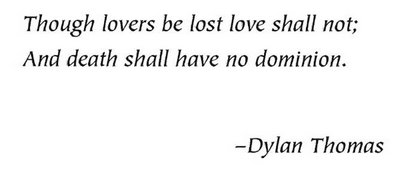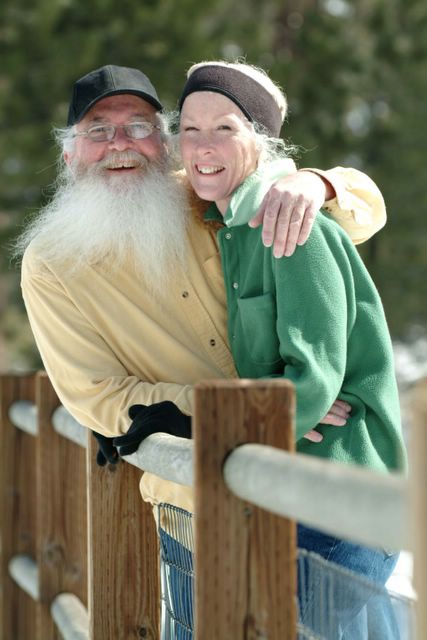Positive Thinking For A Wednesday Morning In The Waning Days Of Industrial Civilization...
 Click on photo to enlarge - © jim otterstrom 2009/2010
Click on photo to enlarge - © jim otterstrom 2009/2010There is a new story unfolding before us, a story borne slightly more visible with every passing day.
A story that lives beyond peak fossil fuel and Industrial Civilization.
How that story unfolds depends upon us...
jim otterstrom 6/2/2010
Below are some positive constructive thoughts, from Andrew MacDonald, for a Wednesday morning dimmed by the depressing gloom of the Gulf of Mexico tragedy.
Living the new story
by Andrew MacDonald
Published Wed, 06/02/2010 - 07:00
by Radical Relocalization
In this time of transition, two stories run through the culture. One is about continual growth and ascendancy. It's mainstream culture's story, the everyday world we're familiar with. The other is the as yet little known story of radical change and descent as we enter the time of necessary simplification - reskilling, retooling, relocalizing. The two stories compete out there in the public conversation of course but also in us and our personal relationships. It often hits me again how deep a hold the status quo's got. We're pretty much wired into it in our daily routines of shopping, speaking, working and living. It's current reality and it's everywhere and hard to see for that reason.
We've lived in that old story for a very long time and its back story - that growth is good and inevitable - is so in our bones, so embodied in us literally that new thinking doesn't affect it much. The Industrial Revolution and the turbo-charge provided by fossil fuel has strengthened these assumptions. We maintain them in small unnoticed ways. When we go shopping or to work, when we talk to friends - we're actors in a world where the script is still the old story about progress and growth and we bow to that story's conventions before we know it. If we watch TV or advertising, it's the old story, even if with some new lines. Importantly the old story is also the one the people we love are plugged into, including our parents and grandparents. Debunking it can seem disloyal to them. The need to be loyal to the story our family honored isn't noticed much either, but it's at the root of a lot of what seems stuck in our culture.
In short we're caught between a rock (the one that sustained us in the past) and a hard place - the challenging realities that we'll need to sustain us in the future.
So how do we move toward the new story? The new story tells of the descent to a world of less fossil fuel use, more localism, more community. It's a new world in which more is asked of us and more interdependence is needed between us; we really can't do it all alone. The new story stretches us personally to imagine new possibilities, exercise unused talents, to admit to ourselves and others what we really want. "Our past remains present, literally occupying us, til we go into & through it with our awakened, full-blooded presence" tweets Robert Masters. The rewards are high in the new story, so's the cost; it's out of our comfort zone.
I'll talk elsewhere about self-authoring the new story and writing a script that meets more of our needs but right now I want to focus on two practical supports for it that are renewals of our associative life. The first is doing community projects with others: gardening, sharing skills, utilizing local markets, working and building things together at the block level or its equivalent, generally building more local community and economy.
The second support takes the form of small groups that can act as micro-climates for the new story. I agree with Peter Block that "the small group is the unit of social transformation"! These explorations will happen eventually on their own given enough time. The trouble is we don't have much time. If we do nothing and coast, change will happen at what we used to call a glacial pace - a pace that glaciers no longer travel at. We'll need to be proactive on this one.
A small group is a practical help by reinforcing the social glue that connects the community and gets things done. It's also valuable in helping us adopt the new paradigm inside ourselves and see elements we just can't see on our own. It's a place where we can try things on for size, see how others are doing it, literally learn together. In the process, the new story becomes more real and embodied. Doing nothing tends to leave us, for now, in the context of the old story. (Sign up for Andrew MacDonald's newsletter for small group updates and support.)
But we do need to move quickly as possible into the new story now. We don't have the luxury of having the old story slowly come to pass over the next 20 or 50 years. Uh, no! Peak oil, financial implosion and climate change are happening now! And we can't just think our way into the new story by tacking some new thoughts in. The story doesn't live and breathe at the level of thought - especially not abstracted cyber thought. It's the spirit in which we move and talk.
Labels: community, community involvement, disasters, mythology, observations, passings, peak oil, social commentary, sustainable living















